Sound
We know that Hifiman knows to make good-sounding headphones. They also proved that they can also make great wireless headphones with the Ananda BT. Although their first TWS attempt, -the TWS600– hasn’t impressed people too much, we always expect the best from the brand when it comes to headphones.
The Hifiman Deva is indeed a very good-sounding headphone. Wired or wireless, you get a very coherent and audiophile-grade sound that is reference-like. The presentation is mostly flat and neutral with good resolution and transparency. The original Deva had a very likable and easy-going sound signature, whilst this new Pro model produces a more audiophile-like presentation that is brighter and sharper overall.
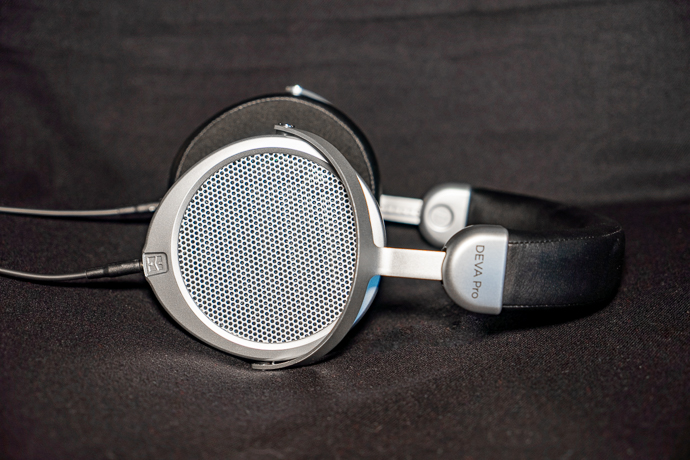
Hifiman Deva Pro
Bass
The Deva Pro doesn’t have a big impactful bass response and that is the area that it doesn’t match with the Ananda BT model. Although the bass has good quality, the quantity is not too much. I would go as far as to say that this is a bass-shy headphone with its Bluemini module. However, don’t take this comment as a lifeless kind of bass.
To me, the bass quantity is just right for many genres, particularly Jazz. But, you may want more for Electronic and Pop music. If you’re OK with a flat response then this simply is not a concern. Other than that, the bass doesn’t go as deep as the Ananda BT. However, when compared directly, the original Deva’s bass feels a bit shallower. The Pro’s bass response is tighter with better quickness, decay, PRaT, and dynamism.
The texture and impact are also improved a bit. The Pro has a better defined and textured bass overall. It’s still not incredibly dynamic or impactful, but more audiophile-oriented. The overall bass presentation is very controlled and cohesive. But if you want better bass, go wired with a proper amp. Yet, even with a wired connection, don’t expect an incredible bass response.
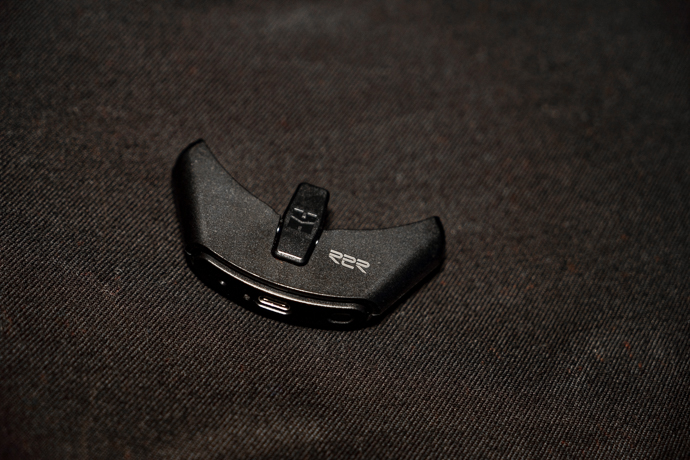
Hifiman Deva Pro
Mids
This is the area that the Deva Pro differs from the original. The original had a mid-forward signature, whilst this model is a bit more sterile with better sharpness and imaging. Also, it’s not that warm and romantic like the Deva. The Deva Pro has a sharper tuning that focuses on transparency and resolution. The timbre in particular has a different approach here, sounding a bit thinner and colder. I think it presents the mids more reference and technically focused, but you might feel better with the original Deva’s warmer and somewhat lusher.
So it’s a tradeoff basically. The Deva Pro sounds cleaner with better transparency and imaging. It also produces a more studio-like approach. Also, since the mid-range is not that forward like the Deva, the Deva Pro has a more airy stage and presentation. That helps it to create a sharper imaging and more refined definition.
Mids have good detail, resolution, and separation as well. This particular point is better with the Ananda BT with more space and air, but the Deva Pro puts up a very good performance when you think about its price.
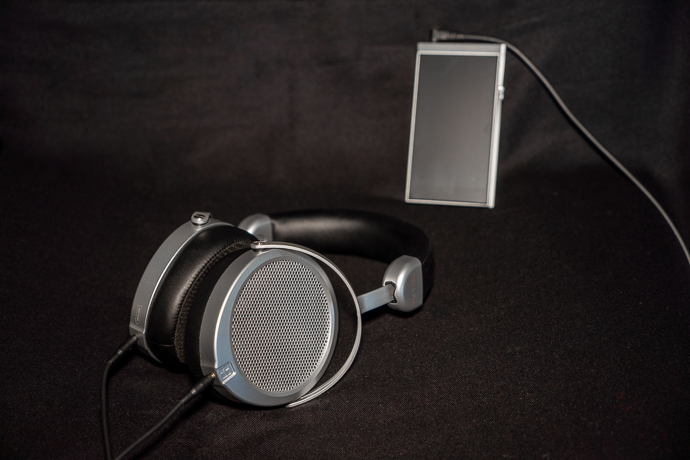
Hifiman Deva Pro
Treble
Treble is generous with the Deva Pro, more so than the original, with plenty of detail and extension. Articulation is also very well done. Micro detail reproduction is awesome and the treble has good space and air. Again, the Ananda BT is better in that regard with more room for treble with bigger space. But Deva Pro’s treble response to me is quite competitive for the price.
The Pro version of the Deva overall sounds true to the recording and the treble is no exception. It doesn’t over-saturate the treble, it just gives it as the way it is. As a result, the treble sounds very detailed and resolving. On the other hand, the treble sounds sharper and brighter than the Deva. If you’re OK with Deva’s treble, this might be a bit too bright for your taste. It doesn’t have the best extension against Ananda but that is understandable for the money. Highs are not aggressive and they’re very controlled. At the same time, there’s a good amount of air and resolution, which is very pleasing to listen to.
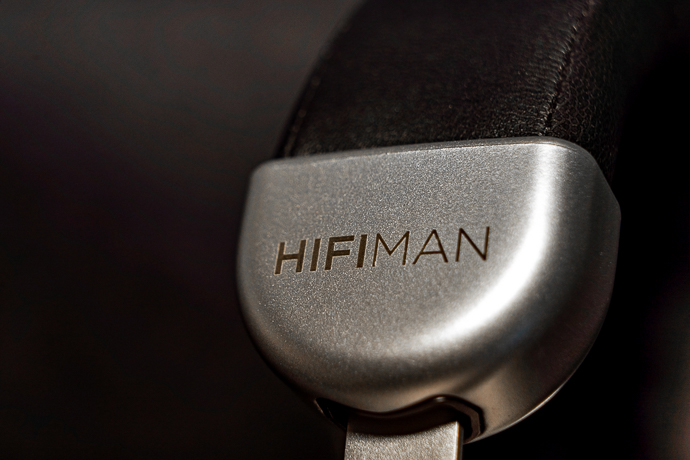
Hifiman Deva Pro
Technical Performance
The sound stage is probably the biggest improvement of the Deva Pro. The one in the Deva was a bit narrow, which brought a sense of intimacy. Especially with vocals and instruments being forward, the stage dimensions in width and depth weren’t big. The Deva Pro has a better sound-stage performance especially in terms of width. It has more space and air, so the stage is more relaxed and effortless.
As a direct result, the layering of the headphone is better. The 3D feeling is there, unlike the Deva, but that of course depends on the recording quality. On the other hand, the separation is also better and this allows the headphone to have a very nice imaging performance. The Deva’s handicap was the sound-stage, but that seems to be solved with the Deva Pro
The positioning is also strong, which I found realistic and it’s easy to spot the elements of a song. There are headphones that give better layering, hence better pinpoint imaging overall but they cost much more.
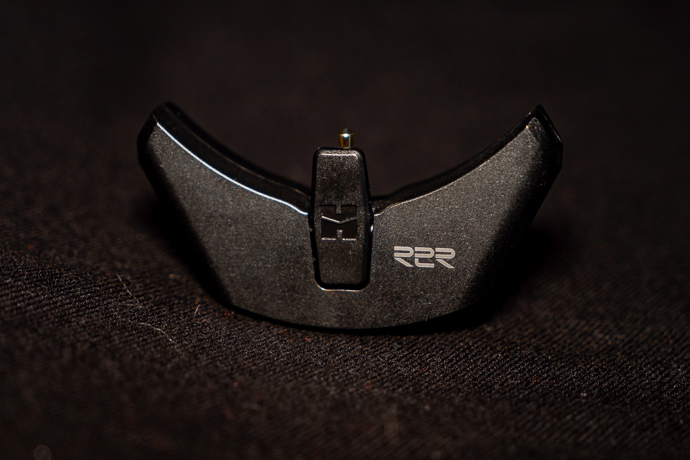
Hifiman Deva Pro
The highlight of the Deva Pro, as it was with the Ananda BT, is its excellent coherency and balance. These qualities aren’t present with many BT headphones, but Hifiman seems to overcome the setbacks of the wireless technologies. The instruments sound very realistic and you let yourself enjoy the music. I also liked its neutral approach over the whole spectrum compared to the Deva, but your experience may vary. From a technicality standpoint, the Deva Pro is better than the Deva without a doubt. But musicality is another story.
The article continues on the fourth and last page.
Page 1: About Hifiman, About Deva Pro, Package, Design & Build
Page 2: Comfort, Operation, General Usage
Page 4: Wired vs. Wireless, Comparison to Ananda BT, Conclusion





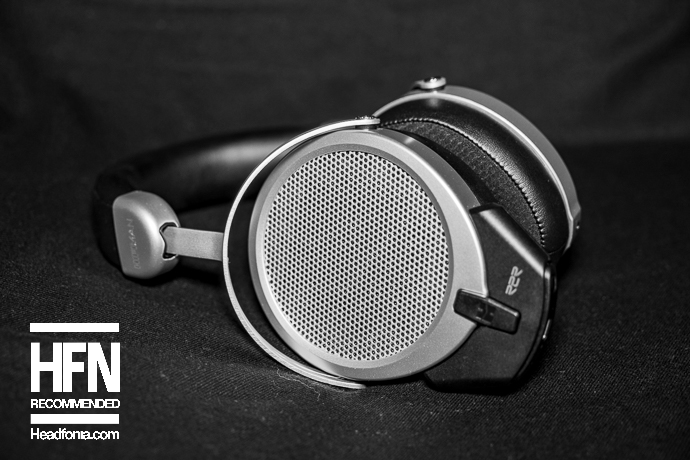
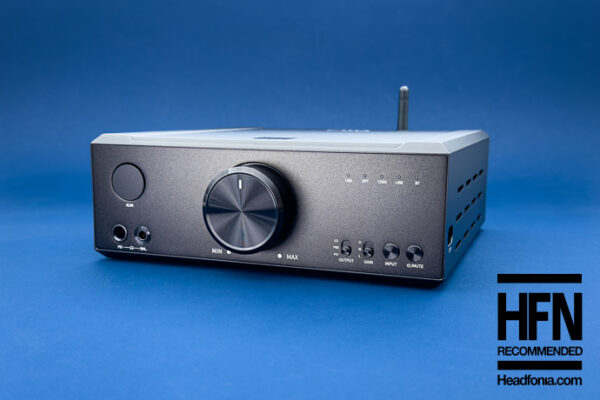
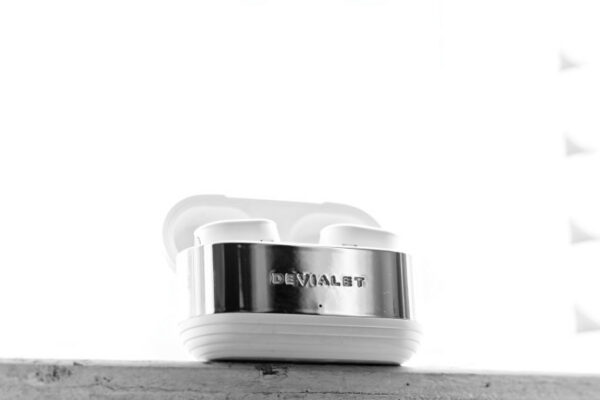
Cooe
IMO, this review sells this very, VERY special product rather short…
Even if you consider just the headphones themselves only a 4/5 in terms of quality (which I’d still argue isn’t particularly fair/accurate, but it’s definitely way, WAAAAAAY less so), this is EASILY a 4.5/5 product as a TOTAL PACKAGE!
The normally $150 if bought ala-carte R2R Bluemini adds absolutely freaking RIDICULOUS LEVELS OF VALUE to this just $330 “kit”!!! (Aka, making the wired planar open-back cans themselves basically just “$180″… O___O…)
IMO, these are wired planar magnetic open-back, over-ear headphones that are damn near the $330 price of admission ALONE! (Having roughly similar overall quality drivers to the 2020 Sundara’s but with a very, VERY different, more warm + “fun” & less cold + “hyper-analytical” tuning job, plus a not quuuite as nice build w/ more plastic).
But throw in the straight up “Swiss Army Knife” levels of use case flexibility provided by the pack-in combo R2R DAC + shockingly powerful amp + proper “high-res” [full LDAC & aptX HD support] Bluetooth wireless receiver w/ 2x device multipoint, “R2R Bluemini”?
(Aka ↓
1. As good of BT wireless as exists atm.
2. Wired over USB-C w/ basically ANYTHING.
3. And even both wired & wireless w/ literally ANY other headphones using a 1x female 3.5mm TRRS to 2x male 3.5mm TRS [or other needed input] cable/adapter.)
Well then… That’s IMO essentially a total “game-over” for basically EVERYTHING under $1000 for a first time hifi cans buyer whom doesn’t ALREADY have a suitable DAC + amp setup for driving them… And ESPECIALLY so for the ENTIRE so-called “entry level”.
(Why buy $130 HE400se’s if you’ll still need to spend at LEAST ≈+$100 on the DAC + amp setup you need to use them, when $330 gets you an “all-in-one” kit AND w/ BT wireless!)
And even for everyone else? IMO, it basically invalidates everything under the new $500 Edition XS.
Why get $350 2020 Sundara’s when the $330 hybrid wired & wireless Deva Pro’s are INFINITELY more flexible (+ WAY more fun & easy on the ears for extended listening) for slightly less $, & for only +$150 more the $500 & also wired only Edition XS’ absolutely CRUSH THEM in terms of sound quality???